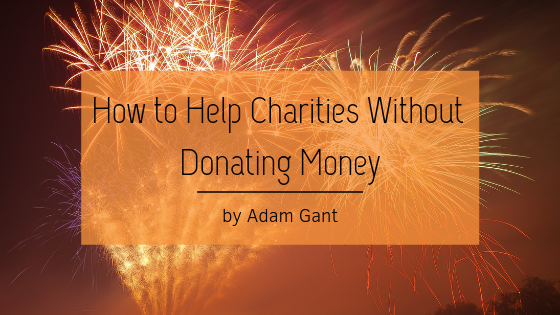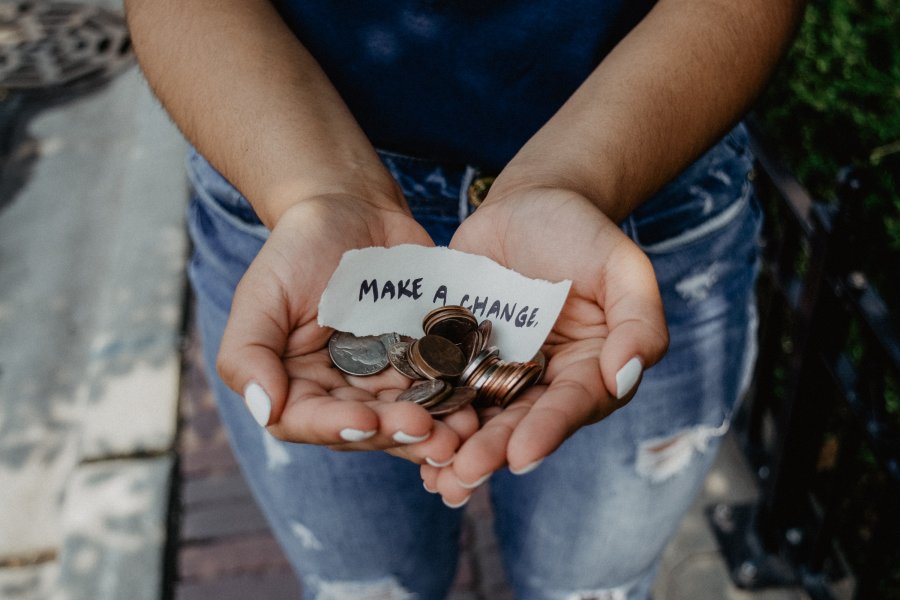For those with generous hearts, supporting a cause or organization they support and believe in is fulfilling and rewarding. However, not everyone is always able to provide considerable monetary donations to charities they endorse. Naturally, there are ways to help a charity without simply giving them money, and these methods are as valuable as financial aid. Below are a few ways you can benefit your favorite charities beyond granting them donations.
Donate Time
Perhaps the most common and popular option, volunteering with a charity is a great way to get involved and benefit the organization. Charities that operate soup kitchens, for example, are often in need of volunteers to serve the food. Homeless shelters, too, require volunteers to maintain and manage the living quarters. Many organizations that provide public services or resources require volunteers to help facilitate their work. Other charities could benefit from individuals with expertise in areas such as marketing or Information Technology (IT). Your skills and free time can be used to benefit charitable organizations, and while you may need to expend time, energy, and gas to do so, you won’t be directly financing the organization’s operations.
Donate Goods
Even if your financial status limits your ability to donate money, you may still be able to donate other items. Things like clothes, shoes, books, food, and paper products are typically welcomed in a number of organizations. If you have old, functional electronics, used vehicles, or furniture you no longer use, some charities accept these items, as well. Donating these items to a charity shop or distribution center can help those organizations provide valuable resources to those in need.
Donate Blood
Organizations like the Red Cross are always in need of blood and plasma donors. Donating blood costs nothing and is used to save lives. Most people are capable of donating blood, and the process usually lasts less than half an hour. For those who are able, donating platelets is also a great way to give back; platelets are necessary for individuals undergoing chemotherapy or receiving organ transplants, so they are especially valuable.
Helping charitable organizations doesn’t need to entail a financial contribution. Instead, you can consider donating your blood, time, and unwanted goods to those in need. Doing so limits the strain on your budget while also enabling you to benefit your community.






